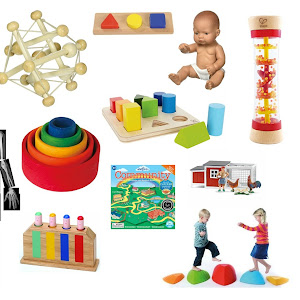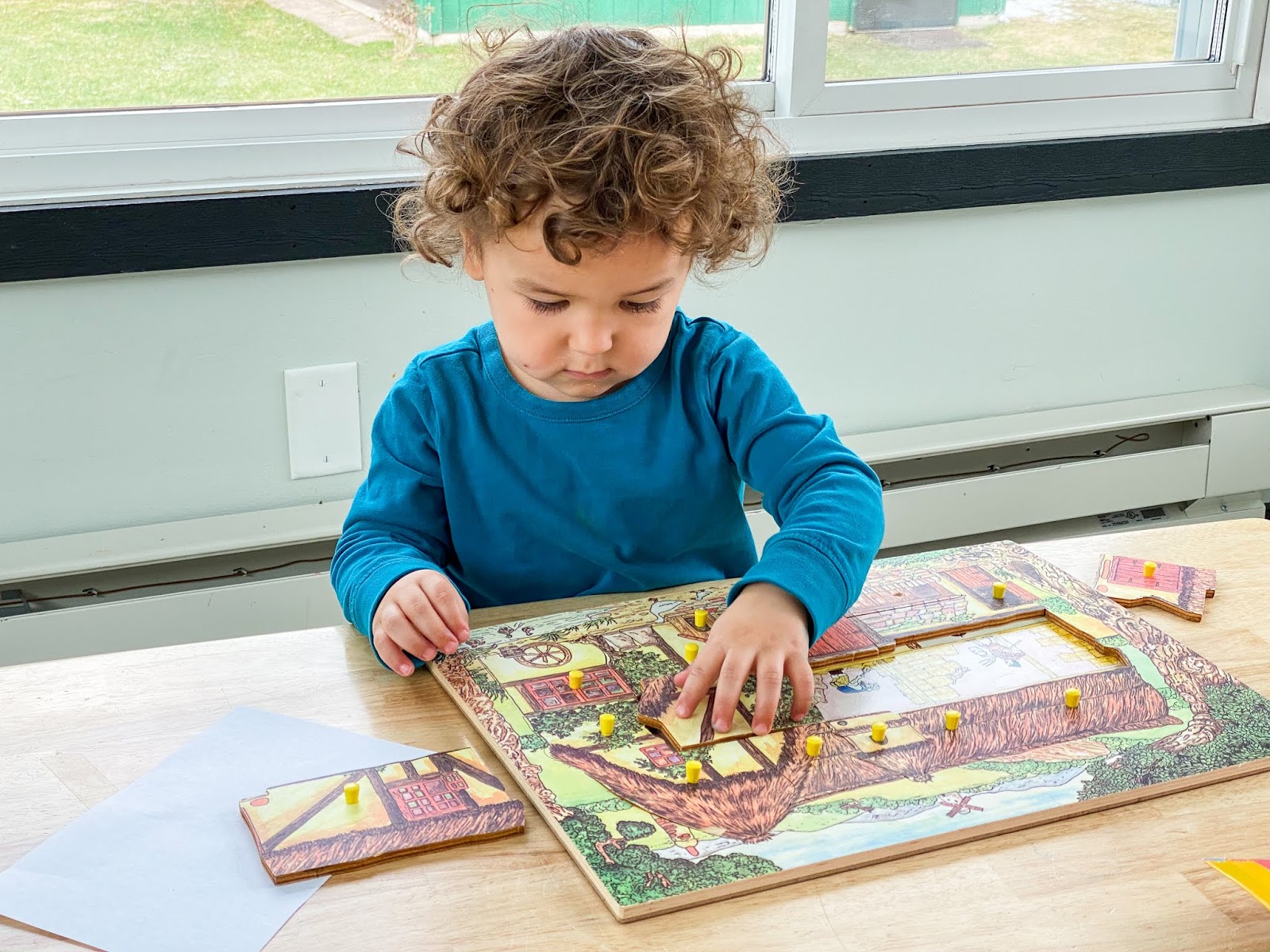As a Montessori parent, the language you use with your children matters. Ultimately the decisions you make will effect everything from how your children learn to read, to how comfortable they coming to you as they grow up. In today's episode, Nicole and Amy talk about their do's and don'ts for language development as Montessori parents. This includes why the ABC song is out but swear words are in! Plus Amy has an exciting announcement! Show Notes Montessori Like a Mother Why Isn't Gus Heading To School? And, What We are Doing Instead Days of the Week Song Child of the Redwoods Continent Song Thanks for joining me for today's podcast! If you enjoyed this episode, please subscribe, share and leave a review in your favorite podcast app. If you are interested in finding Shelf Help in a podcast app, it is available on Apple | Spotify | Stitcher | Google . ---














